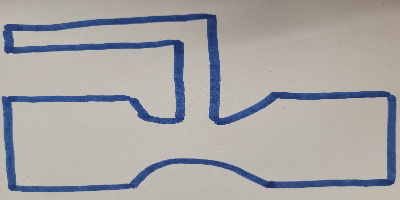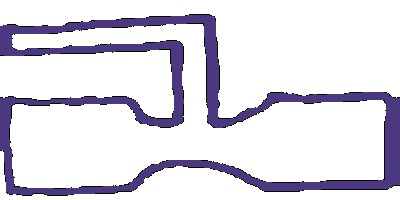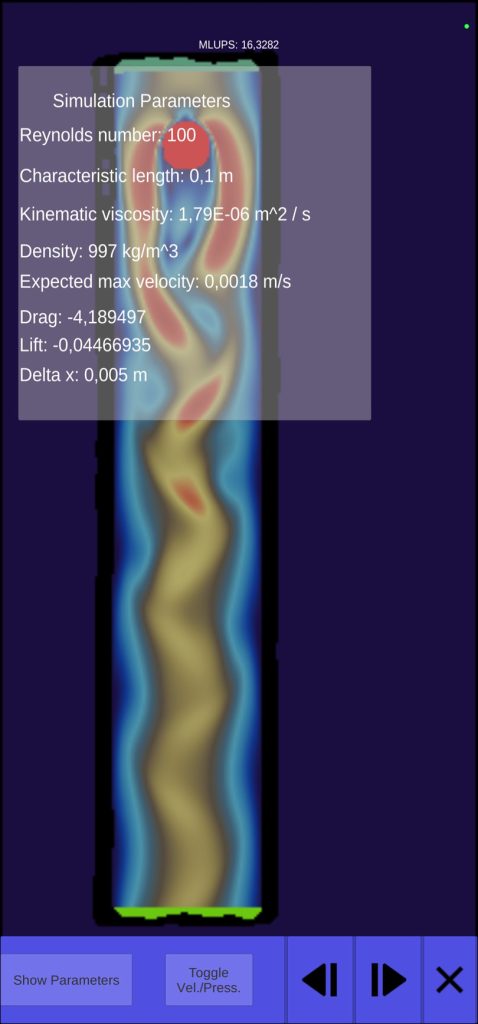Paint2sim is an innovative mobile application desgined to enable on-the-fly 2D fluid simulations using OpenLB. The simulation domain can be hand-drawn on paper and scanned using the camera of the mobile device.


Paint2sim offers a groundbreaking approach to mobile 2D fluid simulations, providing users with just-in-time visualization and accurate results.
Version History
| Date | Version | Download-Link | Comment |
| February 16th 2023 | 0.1r1 | paint2sim-0.1r1apk | New in this release: Grid on/off button, adjustable lattice velocity, grid adjusted to cell size |
| Dezember 14th 2023 | 0.1r0 | paint2sim-0.1r0.apk | Initial release |
User Guide
This section provides a detailed description of how to use the application. The forward/backward buttons are used to navigate between different steps, while the cross can be used to reset the application. All steps are shown in the remaining part of this section. It is advisable to use a thick fine-tip marker to draw the domain for effective domain recognition.
Selecting Resolution: Begin by selecting your preferred resolution using the slider. Options range from 100 to 300 in 50-unit increments, representing the number of cells across the screen width on your mobile device. Note that higher resolutions may impact user experience on certain devices, potentially causing performance issues.

Scanning the Domain: Utilize the scan button to initiate the domain scanning process. Once completed, input the scale of the domain in meters.
Setting Characteristic Length: Set the characteristic length either through the input field or by adjusting the scale via touch.

Edit the Domain: The domain can be edited using various touch-based options as shown below. Edit function are: Add walls; Remove existing walls; Declare particles for drag and lift calculations (currently limited to one particle); Define mandatory inlets and outlets.

Fluid Parameters: Choose fluid parameters from the dropdown menu, selecting Water, Oil, or Air. Alternatively, input custom kinematic viscosity and density values.

Reynolds Number: Enter the Reynolds number for the simulation.

Inflow Direction: If not opting for a Poiseuille inflow, enter the desired inflow direction.

Simulation: The final step initiates the simulation, which runs continuously until manually canceled using the back button or the cross button. During the simulation, toggle between velocity and pressure visualization methods, and view simulation parameters as needed.

If every step was done correctly, the simulation should be running just- in-time on the mobile screen.



